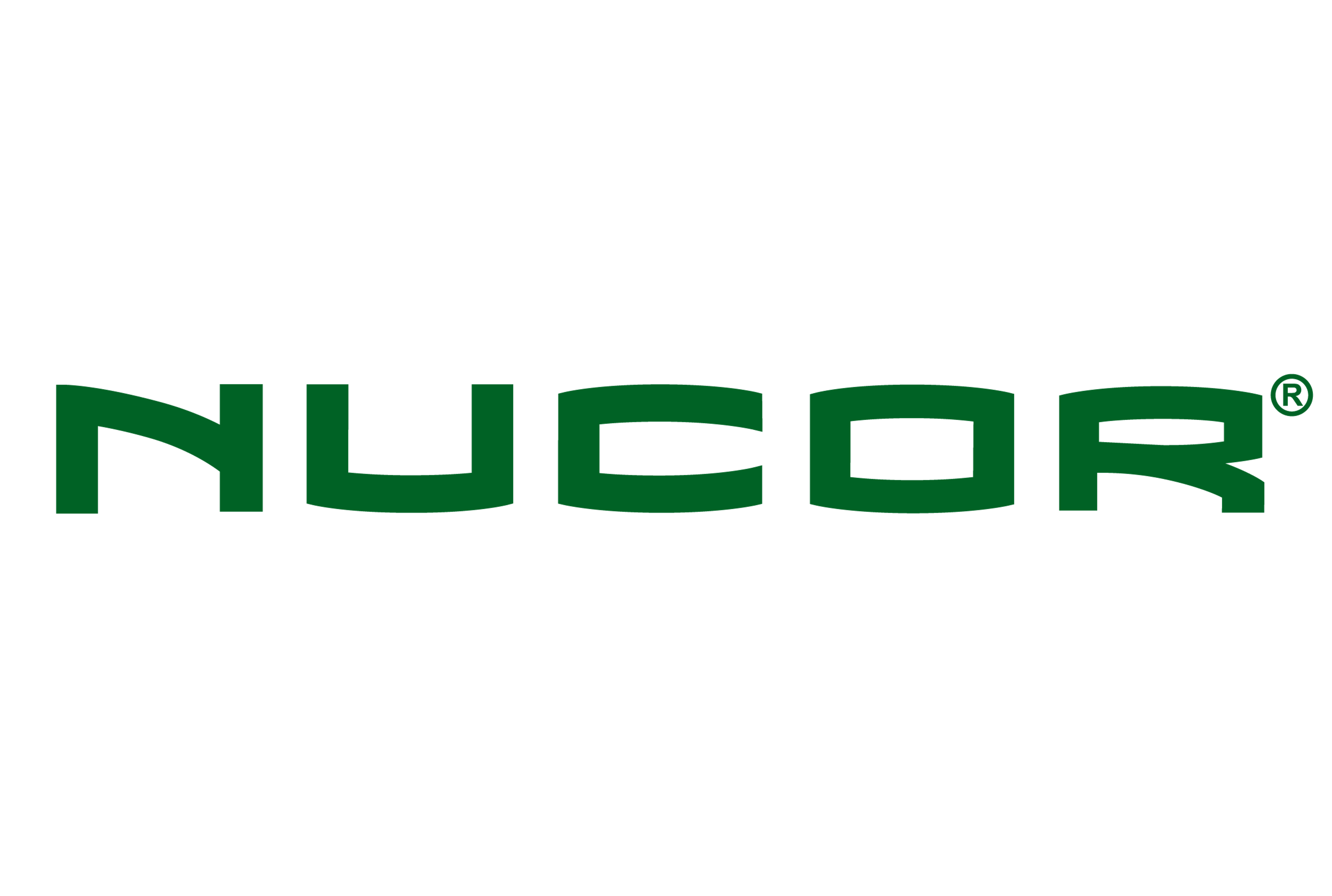Product
January 14, 2025
Export scrap market still faltering to start 2025
Written by Stephen Miller
The export scrap markets continue to lose ground. Unlike the domestic markets in the US and Canada, which have shown some strength in January, there have been multiple sales by US East Coast (USEC) exporters at lower prices, even after the US markets prices settled. And February looks even stronger. There are several reasons for this situation.
Since Jan. 1, the price of export scrap has withered from the high $340s per metric ton (mt) for HMS 80/20 to yesterday’s sale from the USEC at the equivalent price of $335/mt CFR. The outlook is generally for continued weakness. SMU contacted a US-based executive in the export trade who said, “I’m not seeing a firm February for export. No real demand.”
Weak Turkish demand
Another North American scrap export manager confirmed the weakness in the export market. He said in addition to weaker demand in Turkey and elsewhere, the downward pricing has been assisted by the strengthening of the US dollar. He said that Turkish buyers are targeting a continued decline in buying prices to $330/mt CFR from our side of the Atlantic. Will North America be able to resist this objective?
The main problem with the North American export scrap market is its reliance on Turkish demand. A significant amount of Turkish imports come from the US and Canada. The balance comes from Northern Europe, except for short sea cargoes from the Mediterranean Basin. So, the US, Canadian, and European export markets have to live with the rebar markets that Turkey supplies, good or bad. Given this, the Turkish rebar markets are under pressure and this affects the price they can pay for scrap.
Strong US dollar
The other reason prices have continued to decline is, as noted, the strength of the US dollar. This has allowed the European exporters to lower sales prices of scrap going to Turkey, or for that matter, to other buyers. These shippers can deflect the lower price of export scrap by cashing in on the Forex. In other words, they buy their scrap in euros but sell it in dollars.
This has put pressure on US and Canadian exporters to knuckle under to the European prices if they have to sell. So, what are their options? Wait for the dollar to weaken? Sell to another scrap consuming nation? Ship their scrap into the domestic market?
Waiting for the dollar to weaken is not a good option, especially when scrap keeps piling up. These exporters need regular shipments. As far as selling to another importing country, the pickings are slim right now. The Mexican appetite is limited, as is demand from other nations.
The ability to sell scrap into the domestic markets originally slotted for export has a few problems. In times of normal demand, shredded scrap could be redirected into the domestic markets. However, HMS 80/20 is a different story since most domestic mills will not accept the inclusion of 20% #2 HMS in their regular grades. Off the USEC, the majority of any of this material must be shipped by rail. Many exporters say this is generally not doable, especially on short notice, due to lack of railcars on these routes. The means the exporters are generally stuck with having to export.
The current situation for export scrap is quite poor right now. But, in the ferrous scrap business, participants have a way or wading through times like this and being able to take advantage when the market changes, as it always does.







